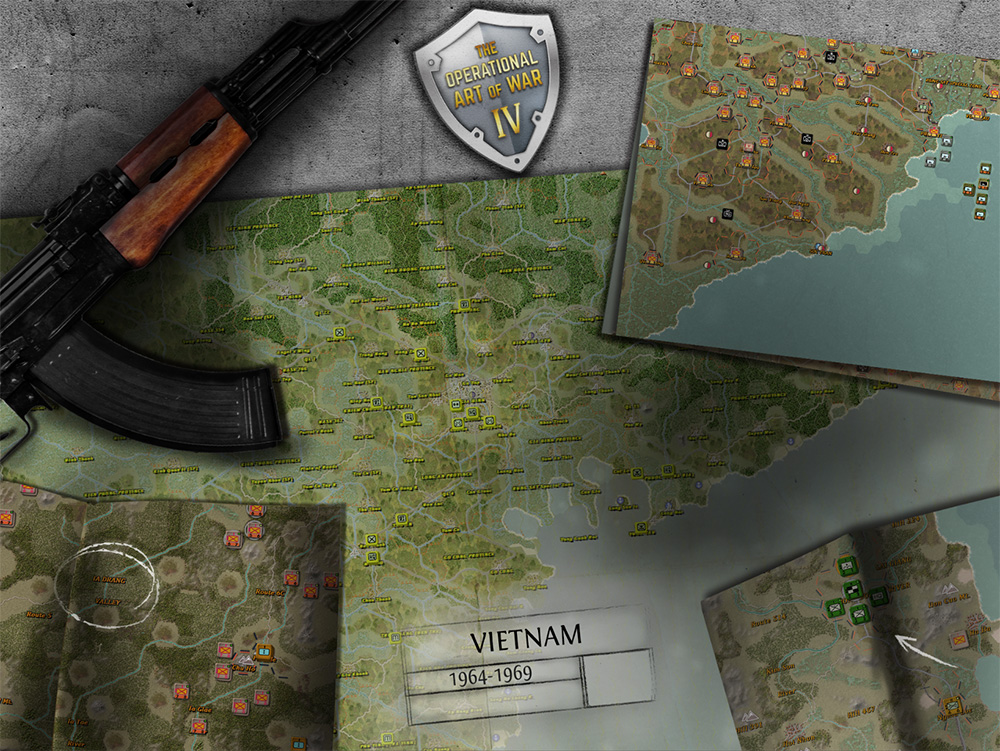

involvement in Syria is important not only because Russia is there, nor simply as a way to check Iran’s malign influence in the region it is primarily important because the conflict is causing massive humanitarian suffering, crippling U.S. Nor should American interests be framed solely by a hackneyed conception of great power competition wherein rivals’ every commitment must be matched by counter-commitments. Still less should the new team embrace the confused realpolitik-punctuated by chaotic presidential actions-and disinvestment that characterized the Trump administration. This interest should go beyond the laser-like focus on counterterrorism that dominated the Obama administration’s approach. The Biden administration, in concert with European allies, should seek to address this crisis as part of a broader effort to de-escalate regional conflicts and reconstitute some semblance of international cooperation. But this desire to limit European involvement and exposure will run into the same reality: These limited goals are not likely to be realized without broader de-escalation and stabilization. Equally, European states can choose to define their interests narrowly-to focus exclusively on counterterrorism and preventing out-migration from Syria. For some, this values-driven approach further demands continued solidarity with the local partners who fought and died to destroy IS. A more expansive view, incorporating a more values-driven approach, would therefore extend to alleviating human suffering where possible and de-escalating the conflict to allow for basic stabilization. military, diplomatic, and intelligence officials-not to mention people from the region-consistently underline, even this basic interest is not secured without some broader stability.

The complexities of these zones are considered in detail in subsequent sections.ĭefined narrowly, the United States has limited interests in Syria, which for some extend only to preventing the country from being a base for international terrorist activity. The war has now settled into an uneasy stasis, with Syria divided broadly into three spheres of influence: regime-controlled, Turkish-controlled, and Syrian Democratic Forces (SDF)-controlled.
#THE OPERATIONAL ART OF WAR IV SYRIAN CIVIL WAR SERIES#
The ascendance of these Kurdish forces in 20-along with the arrival of millions of Syrian refugees into Turkey-in turn prompted a more forceful Turkish line from late 2016, with a series of direct military interventions carving out Turkish-controlled areas in northern Syria. and European response from the end of 2014, sparking an aerial campaign in support of mainly Kurdish partner forces fighting IS on the ground in a largely separate campaign in northern and eastern Syria.

The rise of the Islamic State group (IS) prompted a more forceful U.S. The internationalization of the conflict proceeded apace from 2013 to 2015, with regional actors such as Turkey, Saudi Arabia, and Qatar pouring in money and war materiel to support the rebels Russia and Iran escalating direct military support for Assad and the United States and its key European allies cautiously vetting and arming small opposition groups. By 2012, Syria was gripped by full-scale civil war. What started in 2011 as peaceful protests of the Assad regime’s authoritarianism and corruption morphed into civil conflict in the face of the regime’s brutal repression. The international community has a political and moral imperative to address this crisis. activities-and the wider provision of humanitarian assistance-into yet another front in the core struggle between the illegitimacy and durability of the Bashar Assad regime. It has precipitated Russia’s violent return to the region, as part of a wider internationalization of the conflict that has sharpened sectarian divides. This decadelong conflict has shredded the already threadbare idea that the international community can come together-even at the level of the lowest common denominator-to manage cataclysms of this sort. Moreover, the out-migration has contributed to the growth of right-wing populism across Europe and severely affected the project of European unity. 1 This profound humanitarian crisis also threatens the stability of Iraq, Jordan, Lebanon, and Turkey. The Syrian conflict, now entering its second decade, has cost more than 500,000 lives and forced 13 million Syrian civilians to flee their homes-more than half the prewar population-including 6.6 million who are refugees outside the country.


 0 kommentar(er)
0 kommentar(er)
